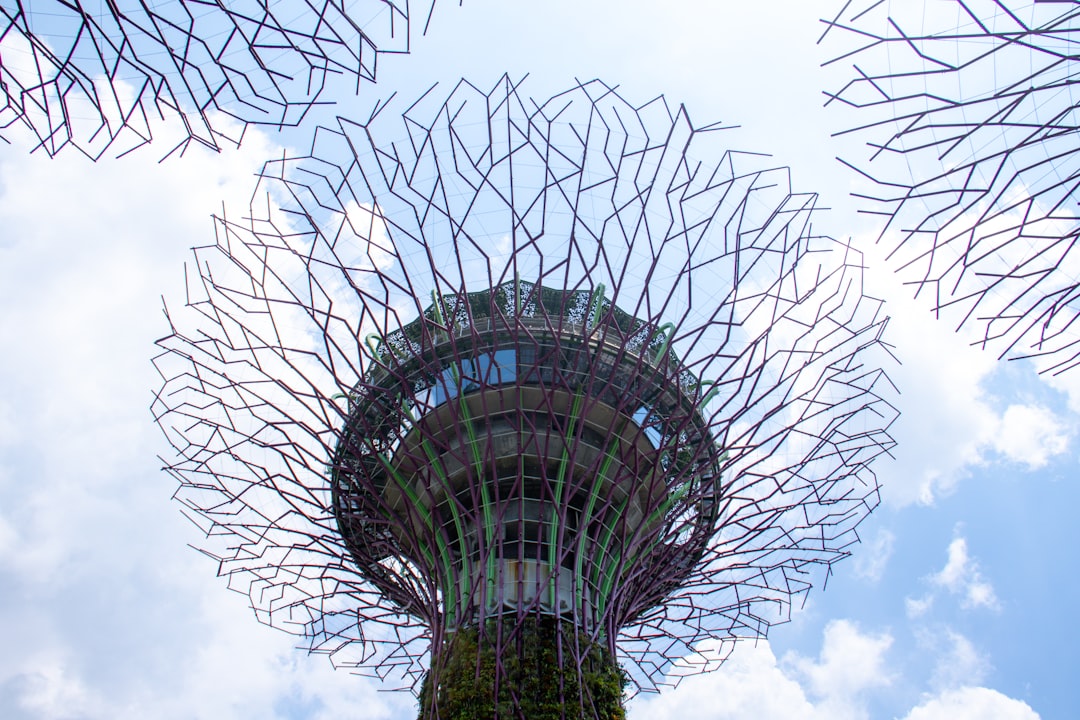What is it about?
The shapes of chemical gardens blur the line between inorganic chemistry and life. They encompass macroscopic structures such as hollow tubes formed by precipitation reactions. This paper presents the first model capable of simulating these shapes. The model is based on reaction-induced mechanical changes to the precipitate membranes that during aging decrease the material’s ability to elongate and stretch. It is formulated as a cellular automaton that applies two simple rules to a grid (similarly to the well-known “Game of Life” by John Conway). Each grid point is either occupied by one of the two reactant species or the solid product and membrane shapes expand under constant reactant injection.
Featured Image

Photo by Pawel Czerwinski on Unsplash
Why is it important?
Chemical gardens are a simple lab-bench model of hydrothermal vents that form huge precipitate structures on the ocean floor when hot mineral-rich water surges into the ocean. These precipitates and chemical gardens are subject to extremely steep concentration gradients that, together with spatial confinement to porous substructures, might have facilitated the emergence of life on our planet. Our work provides a macroscopic context for their description and also reveals a novel type of self-healing elasticity in which a material at the interface of two reactants can expand via micro-breaches and immediate product formation.
Perspectives
We believe this paper reaches the heart of what is necessary to describe how chemical gardens grow and their characteristic shapes
Bruno Batista
Florida State University
Read the Original
This page is a summary of: Pattern selection by material aging: Modeling chemical gardens in two and three dimensions, Proceedings of the National Academy of Sciences, July 2023, Proceedings of the National Academy of Sciences,
DOI: 10.1073/pnas.2305172120.
You can read the full text:
Resources
Contributors
The following have contributed to this page










